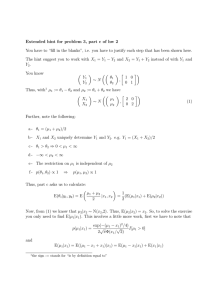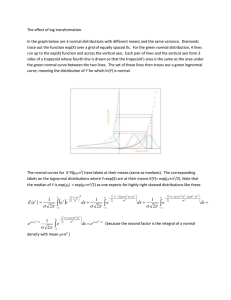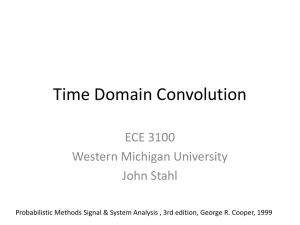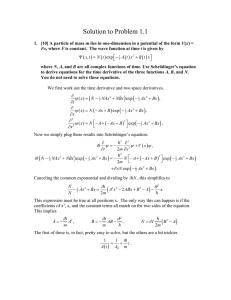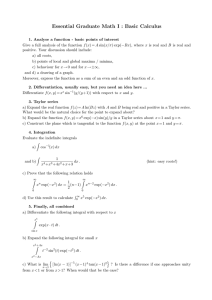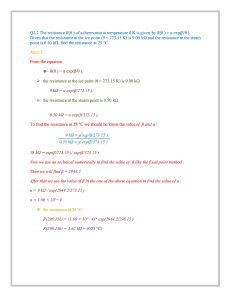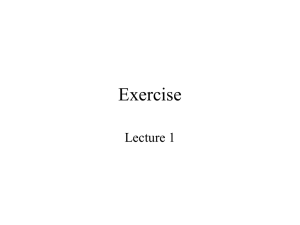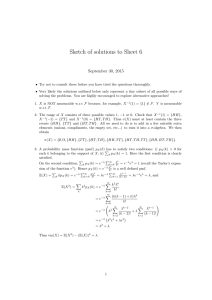9 Brownian Motion
advertisement
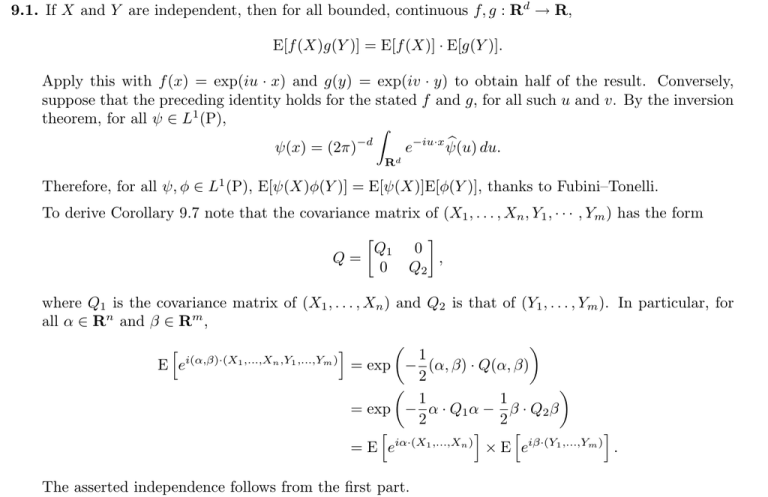
9.1. If X and Y are independent, then for all bounded, continuous f, g : Rd → R, E[f (X)g(Y )] = E[f (X)] · E[g(Y )]. Apply this with f (x) = exp(iu · x) and g(y) = exp(iv · y) to obtain half of the result. Conversely, suppose that the preceding identity holds for the stated f and g, for all such u and v. By the inversion theorem, for all ψ ∈ L1 (P), ! ψ(x) = (2π)−d Rd " du. e−iu·x ψ(u) Therefore, for all ψ, φ ∈ L1 (P), E[ψ(X)φ(Y )] = E[ψ(X)]E[φ(Y )], thanks to Fubini–Tonelli. To derive Corollary 9.7 note that the covariance matrix of (X1 , . . . , Xn , Y1 , · · · , Ym ) has the form $ # Q1 0 , Q= 0 Q2 where Q1 is the covariance matrix of (X1 , . . . , Xn ) and Q2 is that of (Y1 , . . . , Ym ). In particular, for all α ∈ Rn and β ∈ Rm , ' ( % & 1 i(α,β)·(X1 ,...,Xn ,Y1 ,...,Ym ) E e = exp − (α, β) · Q(α, β) 2 ( ' 1 1 = exp − α · Q1 α − β · Q2 β 2 2 & & % % iβ·(Y1 ,...,Ym ) iα·(X1 ,...,Xn ) . ×E e =E e The asserted independence follows from the first part.




